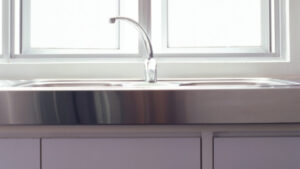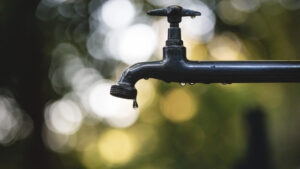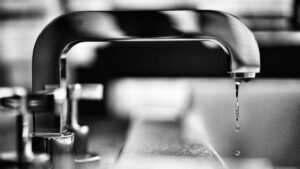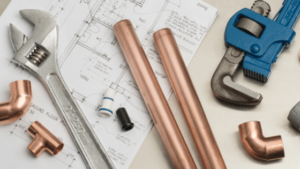 Plumbing issues are enough to cause health hazards to you and your family as well as damage your property in Appleton Wisconsin. They also have the potential to cost you thousands of dollars in repairs and replacements. Usually, plumbing issues start off small and if unattended, grow to become costly affairs. It is impossible to avoid plumbing issues because your home will continue to age with time. Therefore, the best way to prevent plumbing issues from crippling your entire home is by trying as much as possible to avoid them.
Plumbing issues are enough to cause health hazards to you and your family as well as damage your property in Appleton Wisconsin. They also have the potential to cost you thousands of dollars in repairs and replacements. Usually, plumbing issues start off small and if unattended, grow to become costly affairs. It is impossible to avoid plumbing issues because your home will continue to age with time. Therefore, the best way to prevent plumbing issues from crippling your entire home is by trying as much as possible to avoid them.
Here are some of the most common plumbing issues and the best ways to avoid them in your home.
Leaking Faucets and Pipes
Leaking pipes and faucets are not only a nuisance to a homeowner, but are also likely to increase your water bills. A leaking tap is usually caused by a torn, stiff or dislodged washer. The washer forms a seal when the tap is closed to prevents leaks. Consistent use tends to wear the washer thus making it ineffective.
It is hard to prevent your tap from wearing out naturally. The only thing you can do is slow down the process by using the tap responsibly. Avoid exerting excessive pressure on your faucets during closing. Make sure to carry out regular inspections on your pipes as well to deal with any leaks as they come.
Water Heater Problems
Your water heater is responsible for heating all the water you need for cleaning. Water heater problems include inadequate water heating, leaking, and discolored water. They are easily recognizable and can be avoided through proper maintenance. Make sure to regularly check the pressure valve and flush the tank to get rid of sediments in a tank water heater.
Clogged Drains and Toilets
Yet another issue you are bound to experience in your home. A clogged drain or toilet can cause a lot of health hazards to you and your family. Clogging usually happens when a foreign object partially or completely blocks the waterway leading to backups.
You can avoid clogged drainage systems and toilets by practicing responsible waste management. Do not flush down non-dissolvable items down the toilet or your drainage system. Keep an eye on the children and stop them from flushing down their toys. Additionally, use a hair catcher in your shower to prevent bits of your hair from clogging the drainage system.
Low Water Pressure
Low water pressure is a nuisance because you never have enough water to carry out your house chores efficiently. It also affects other appliances in the house such as water heaters that require high pressure to activate.
While low water pressure is usually experienced in older homes, new homes can also experience the same. It could be caused by leaking pipes and taps or a build-up of minerals and sediments in your plumbing system.
You can avoid this problem by inspecting your plumbing system for any leaks and having a plumber fix them in time. Make sure to install a filtration system to prevent the build-up of mineral and sediments in your water system.
You will not be able to prevent all plumbing issues in your home. After all, they are not always easy to pinpoint or fix. You can, however, make a point of calling a responsible and highly qualified plumbing company in Wisconsin. At Tureks Plumbing services, we guarantee professional, ethical and honest plumbing services at any time of the day.


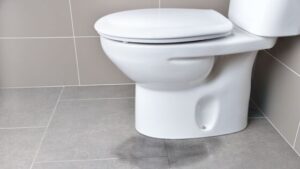 A leaking toilet base can prove to be a big nuisance in the bathroom, especially if it is an old bathroom. A leaking toilet base is an unhygienic problem, and it can make your bathroom look not well taken care of. Another problem is that it can damage your bathroom flooring, and leave stains. To avoid severe water damage arising because of a leaking toilet base, you can address this common plumbing problem by fixing it yourself even if it the first time you are trying your hand at plumbing repairs.
A leaking toilet base can prove to be a big nuisance in the bathroom, especially if it is an old bathroom. A leaking toilet base is an unhygienic problem, and it can make your bathroom look not well taken care of. Another problem is that it can damage your bathroom flooring, and leave stains. To avoid severe water damage arising because of a leaking toilet base, you can address this common plumbing problem by fixing it yourself even if it the first time you are trying your hand at plumbing repairs.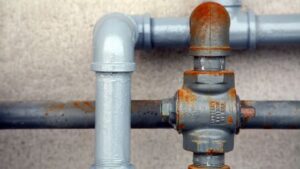 The sewer lines on your property are important pieces of infrastructure because they move wastes and water away from your home. It is therefore essential for you to maintain this system so that it gives you years of trouble-free service. One of the crucial things you should know is the location of the
The sewer lines on your property are important pieces of infrastructure because they move wastes and water away from your home. It is therefore essential for you to maintain this system so that it gives you years of trouble-free service. One of the crucial things you should know is the location of the 